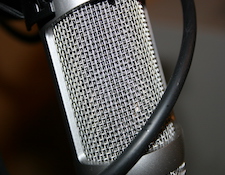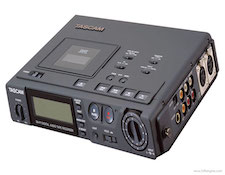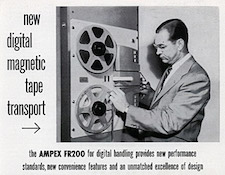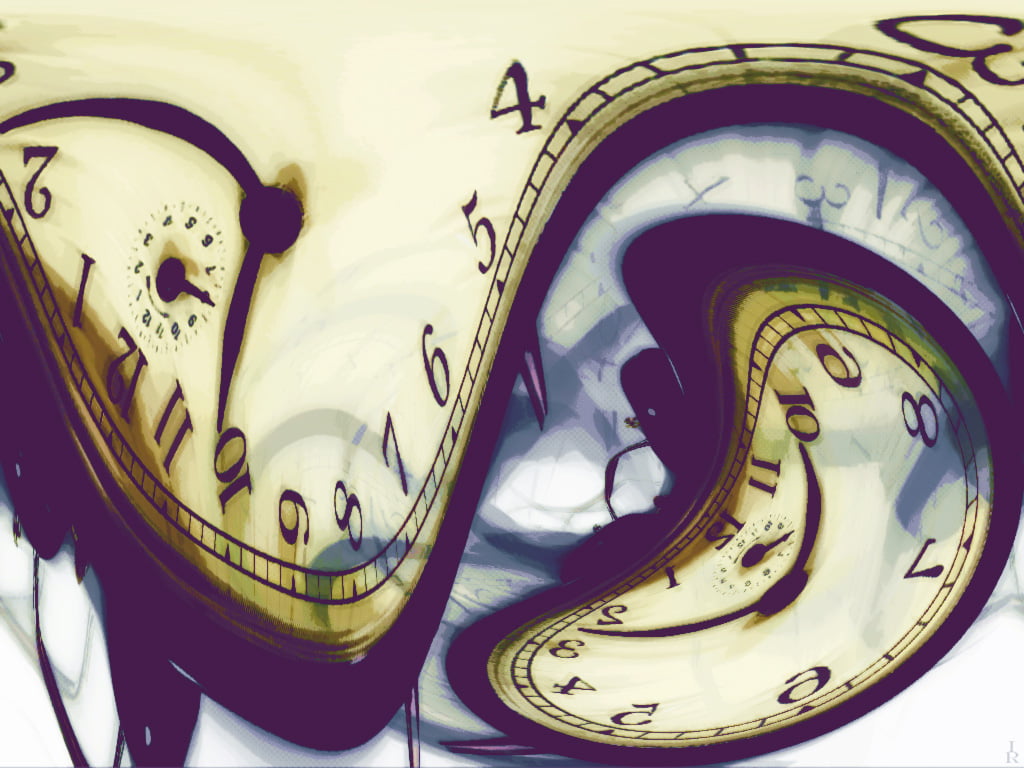It’s the time of year for saving money!
When you listen to someone playing an acoustic instrument, unamplified, in a room or concert hall, how much distortion do you hear? The answer is, of course, none, nada, rien. So where does distortion rear its head in recorded and reproduced music and introduce variations from this perfect natural state? The answer is anywhere and everywhere in the audio signal chain ’till it finally hits your brain. But some spots in the chain seem to introduce more distortion than others.
 Basic high-fidelity can be boiled down to one basic goal or edict – have as little distortion as possible at the end of the signal chain. And while nowadays no one component has very much distortion, when you daisy-chain components together as occurs in any audio signal chain – from source, through cables, preamplifiers, power amplifiers, and transducers, you have a multiplicity of distortion sources, each adding their own little contribution to the total distortion of the entire system. And while some systems seem to get very near to the sound of a straight wire with gain, others don’t even come close.
Basic high-fidelity can be boiled down to one basic goal or edict – have as little distortion as possible at the end of the signal chain. And while nowadays no one component has very much distortion, when you daisy-chain components together as occurs in any audio signal chain – from source, through cables, preamplifiers, power amplifiers, and transducers, you have a multiplicity of distortion sources, each adding their own little contribution to the total distortion of the entire system. And while some systems seem to get very near to the sound of a straight wire with gain, others don’t even come close.
 A couple of weeks ago I was listening to a live broadcast of the Telluride Festival via KOTO’s Internet feed at 128 KBPS and 44.1 sample rate via iTunes using the Mytek Brooklyn and it sounded very good. I’m sure there were A/Ds, yards and yards of cables, a mixing board with EQs and delays, and whatever additional signal processing was involved in sending an audio stream via the Internet. But despite all that stuff between me and the live performance, the sound still had a particular “liveness” that was unmistakable and unique to a live, unrecorded, mic feed. Like other direct mic feeds I’ve heard, there was a special feeling of “liveness” to the sound that I rarely hear from any recording, be it originally a live performance or studio session. Why does a direct mic feed sound so live? Obviously that lack of a recording device in the signal chain is the primary reason. Something happens when a recording is made that reduces the sense of “liveness.” It happens whether the recording is digital or analog. Some intrinsic fidelity is lost and something (distortion) is added that diminishes the veracity of the listening experience.
A couple of weeks ago I was listening to a live broadcast of the Telluride Festival via KOTO’s Internet feed at 128 KBPS and 44.1 sample rate via iTunes using the Mytek Brooklyn and it sounded very good. I’m sure there were A/Ds, yards and yards of cables, a mixing board with EQs and delays, and whatever additional signal processing was involved in sending an audio stream via the Internet. But despite all that stuff between me and the live performance, the sound still had a particular “liveness” that was unmistakable and unique to a live, unrecorded, mic feed. Like other direct mic feeds I’ve heard, there was a special feeling of “liveness” to the sound that I rarely hear from any recording, be it originally a live performance or studio session. Why does a direct mic feed sound so live? Obviously that lack of a recording device in the signal chain is the primary reason. Something happens when a recording is made that reduces the sense of “liveness.” It happens whether the recording is digital or analog. Some intrinsic fidelity is lost and something (distortion) is added that diminishes the veracity of the listening experience.
 A mind-altering example of “liveness” that I still use as a reference happened many years ago at a CES in Chicago. I was in the Reference Recordings room, talking with recording engineer extraordinaire Keith Johnson when we both simultaneously stopped our conversation looked at each other and said simultaneously, “That’s live!” as we turned to the windows and saw a marching band five blocks away on Michigan Avenue. How did we both, simultaneously, know that we were hearing live music? There was no bass, no treble, and the overall volume was somewhat below normal speaking levels. But we bot KNEW it was live immediately. I chalk it up to the lack of electronic and mechanical distortion or temporal blur, coupled with lack of micro-dynamic compression.
A mind-altering example of “liveness” that I still use as a reference happened many years ago at a CES in Chicago. I was in the Reference Recordings room, talking with recording engineer extraordinaire Keith Johnson when we both simultaneously stopped our conversation looked at each other and said simultaneously, “That’s live!” as we turned to the windows and saw a marching band five blocks away on Michigan Avenue. How did we both, simultaneously, know that we were hearing live music? There was no bass, no treble, and the overall volume was somewhat below normal speaking levels. But we bot KNEW it was live immediately. I chalk it up to the lack of electronic and mechanical distortion or temporal blur, coupled with lack of micro-dynamic compression.
 When you just go by the numbers it seems inconceivable that the small amounts of distortion contributed by each component, even when added together, could culminate in the loss of that innate “liveness” that was present when the music was made. But the current reality is that there is still enough loss of fidelity in recordings that even the best recording rig is not quite as transparent or live sounding as a direct live microphone feed. Robert Stuart’s work with MQA indicates that time-smear caused during recording may be the primary culprit, which is quite possible in that time distortion is one of few distortions that both analog and digital recording methodologies share.
When you just go by the numbers it seems inconceivable that the small amounts of distortion contributed by each component, even when added together, could culminate in the loss of that innate “liveness” that was present when the music was made. But the current reality is that there is still enough loss of fidelity in recordings that even the best recording rig is not quite as transparent or live sounding as a direct live microphone feed. Robert Stuart’s work with MQA indicates that time-smear caused during recording may be the primary culprit, which is quite possible in that time distortion is one of few distortions that both analog and digital recording methodologies share.
And what can we make of all this? Despite how good our current recording technologies may be, until they are good enough so that there is no audible difference between a mic feed and a recording of that feed, we aren’t really where we need to be to reproduce music so that it really and truly sounds live. Then and only then will recorded music be “good enough” so that our need for a better recording format, resolution level, or delivery methodology will be finally satiated.








